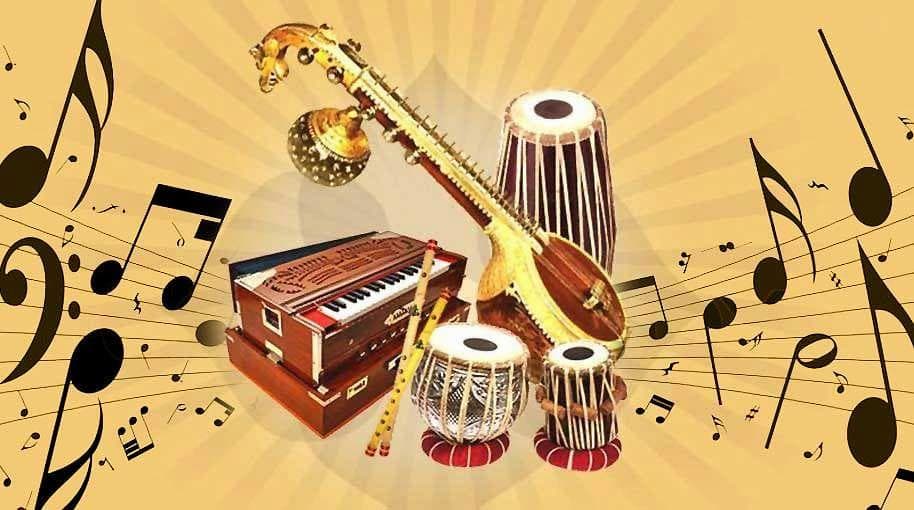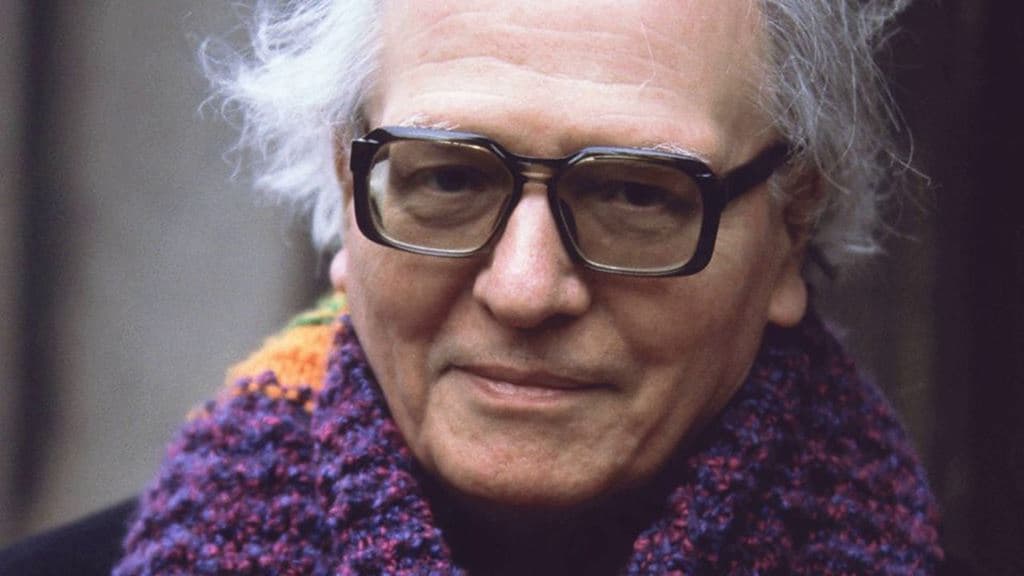The presence of Indian classical music in Western classical music is more than evident, although one might not notice it at first, it is undeniably here. Often disguised, and peppered in works and identities, Indian classical music’s way of functioning has eventually made it into the canon of Western contemporary classical music — so much that composers often study it with equal interest to their own culture.

© peachmode.com
There is a complexity and diversity in Indian classical music, which this article will not delve into. However, we tend to think that Indian music was brought to the Western world through the Beatles, their peers and the 1960s American counterculture. If the impact of this period on the history of music is enormous, it is only a portion of the historical reality and, as it is often the case, classical composers are a few steps ahead. Indian classical music’s rhythms have transformed the way we perceive sound, space and time. Its approach to melody and music theory has broken down all pre-established structures. Many Western composers have decided to study it and expand their native musical language. Let’s have a look at some of the key actors in ensuring the beauty and interest of Indian classical music would be known to all.
The Beatles in India: 16 Things You Didn’t Know

Olivier Messiaen
When it comes to Indian classical music in Western classical music one can only start by thinking of Messiaen. The French composer seems to be the father of exotic rhythms — if Debussy is the godfather — and has based his entire musical development on its system, as well as his fascination for nature. Messiaen’s music is indeed full of Indian influence, yet one would not be able to identify them without some useful guidance. In many of his writings — Mon Language Musical for instance — Messiaen explains how he developed his musical language, and particularly when it comes to the rhythmic and melodic approach, the influence of taals and ragas is invaluable. He has listed and categorised all the musical principles and adapted them in his own music. Some of the most evident examples of his works reflecting the influence of the Indian continent include: Cantéyodjayâ or his Oiseaux exotiques.
Olivier Messiaen: Cantéyodjayâ
The second most important and influential composer whose musical personality is closely tied to the music of India is the American minimalist composer Glass. It seems that the father of minimalism has created this very American language from a faraway foreign language. Glass’ minimalistic and unique musical style owes much of its rhythmic structure — and his famous pulse — to the taals of Indian classical music. Some of Glass’ most famous works reflecting the influence of Indian music include The Passion of Ramakrishna or Passages, his collaborative work with Ravi Shankar.
Philip Glass + Ravi Shankar – Passages
Scriabin is not the most well-known classical composer, particularly when it comes to large audiences, yet his influence on piano music is considerable and he is one of the most progressive composers in the history of music. He is well-known for using exotic harmonies and what seemed at the time daring musical choices. His work is full of mysticism. Much of which is due to his fascination for the East. In fact, his unfinished Mysterium was intended to be performed at the foothills of the Himalayas in India.

Alexander Scriabin
Gurdjieff is perhaps the most least-known composer of this article; more than a composer, he was a philosopher, mystic and spiritual teacher too. Thanks to the ECM record label, Gurdjieff’s work has recently been given more attention. Gurdjieff’s based his life on developing a method for awakening one’s consciousness, uniting diverse methods such as the one of the fakir, monk and yogi, in what he called the “Fourth Way”. His entire philosophy is a melting pot of cultures and beliefs, and this reflects in his music too which sounds like no other, partially owed to the fact that it carries elements from all corners of the world. Musical examples include his Tibetan Dance or his Sacred Hymns.
Keith Jarrett: Reading of Sacred books
Indian classical music has influenced not only composers but performers too. For example, the American violinist Yehudi Menuhin – an accomplished yogi – promoted the music of India through his collaborative series with Ravi Shankar or during his multiple collaboration with Ali Akbar Khan. More recently it is the violinist Daniel Hope who has often blended the music of the East with the one of the West in his own projects. Of course, with Indian classical music comes Indian philosophy, and particularly Buddhism, which expanded to the rest of Asia and through its different forms influenced the music of the East and the West. Zen Buddhism has two well-known main followers in music, and their influence is immense; Cage and Takemitsu. Glass is a fervent follower of Tibetan buddhism too.
5 Essential Ravi Shankar Recordings, From ‘West Meets East’ To ‘West Eats Meat’
For more of the best in classical music, sign up for our E-Newsletter



